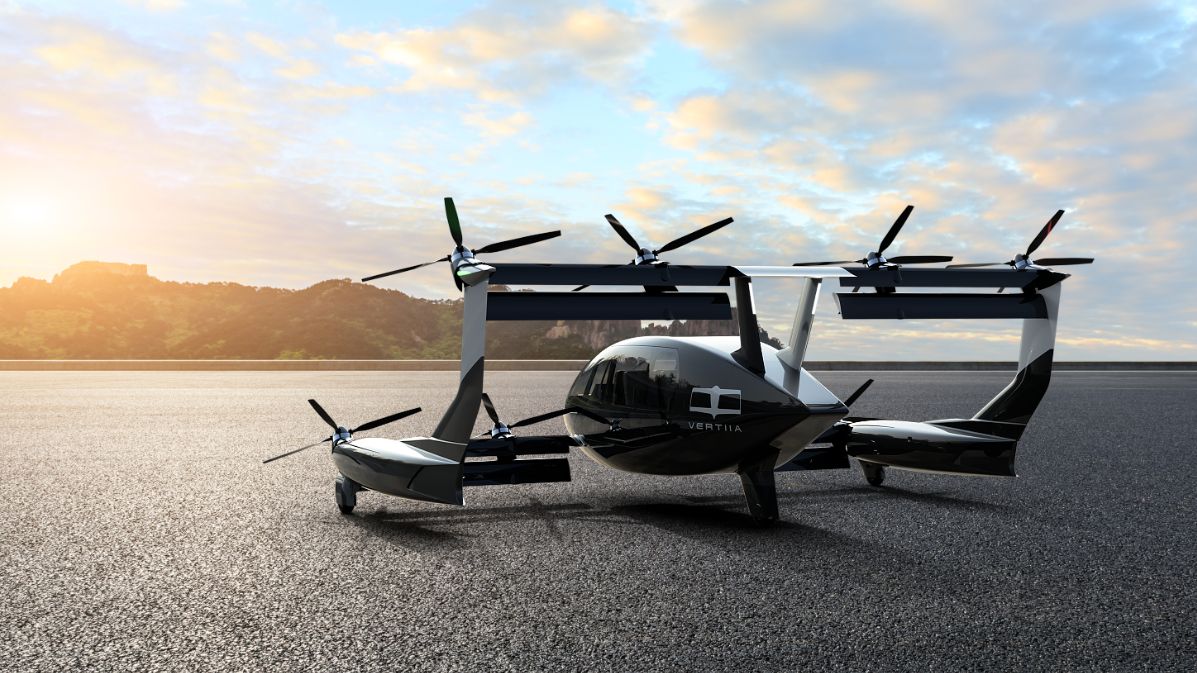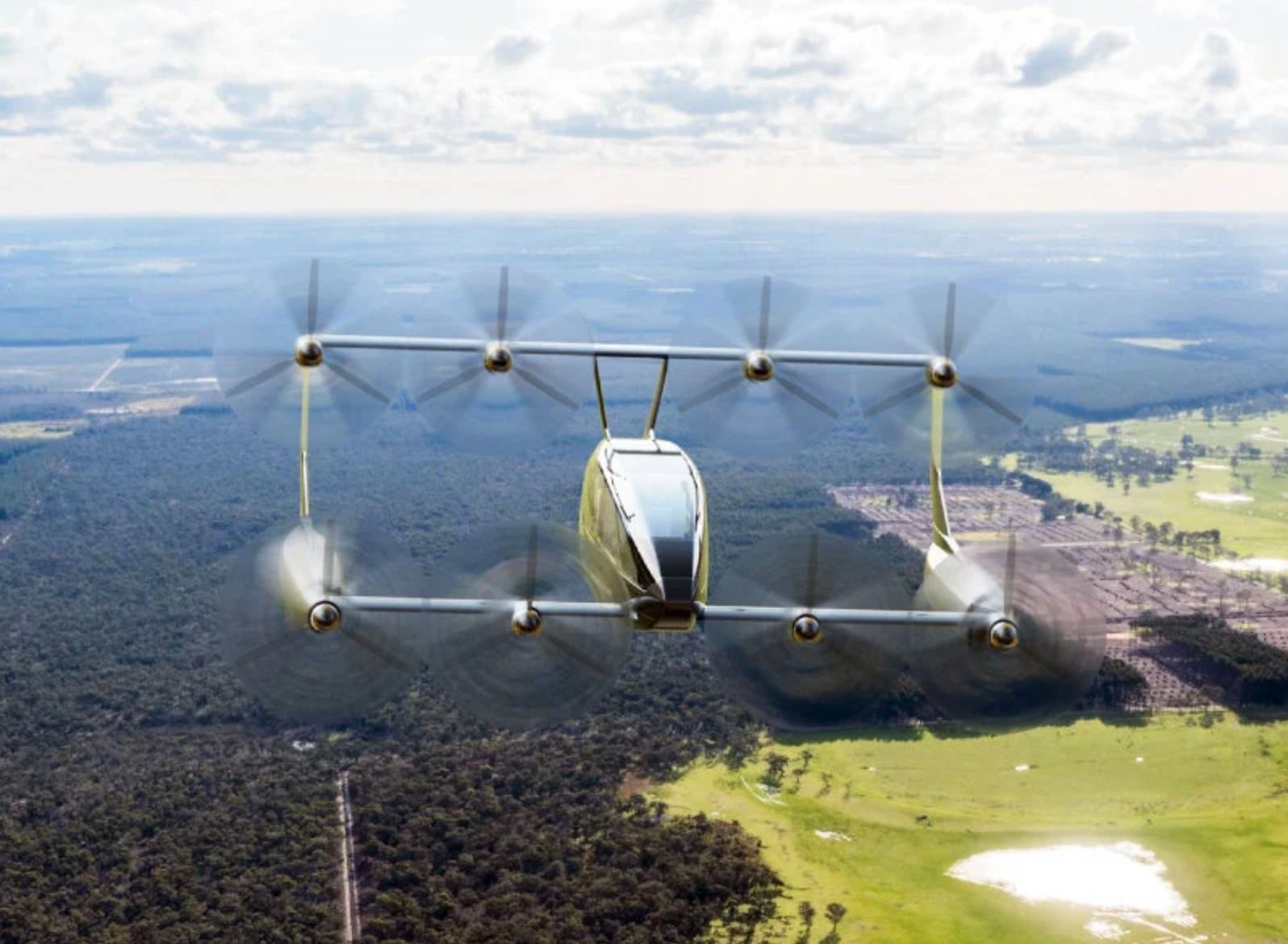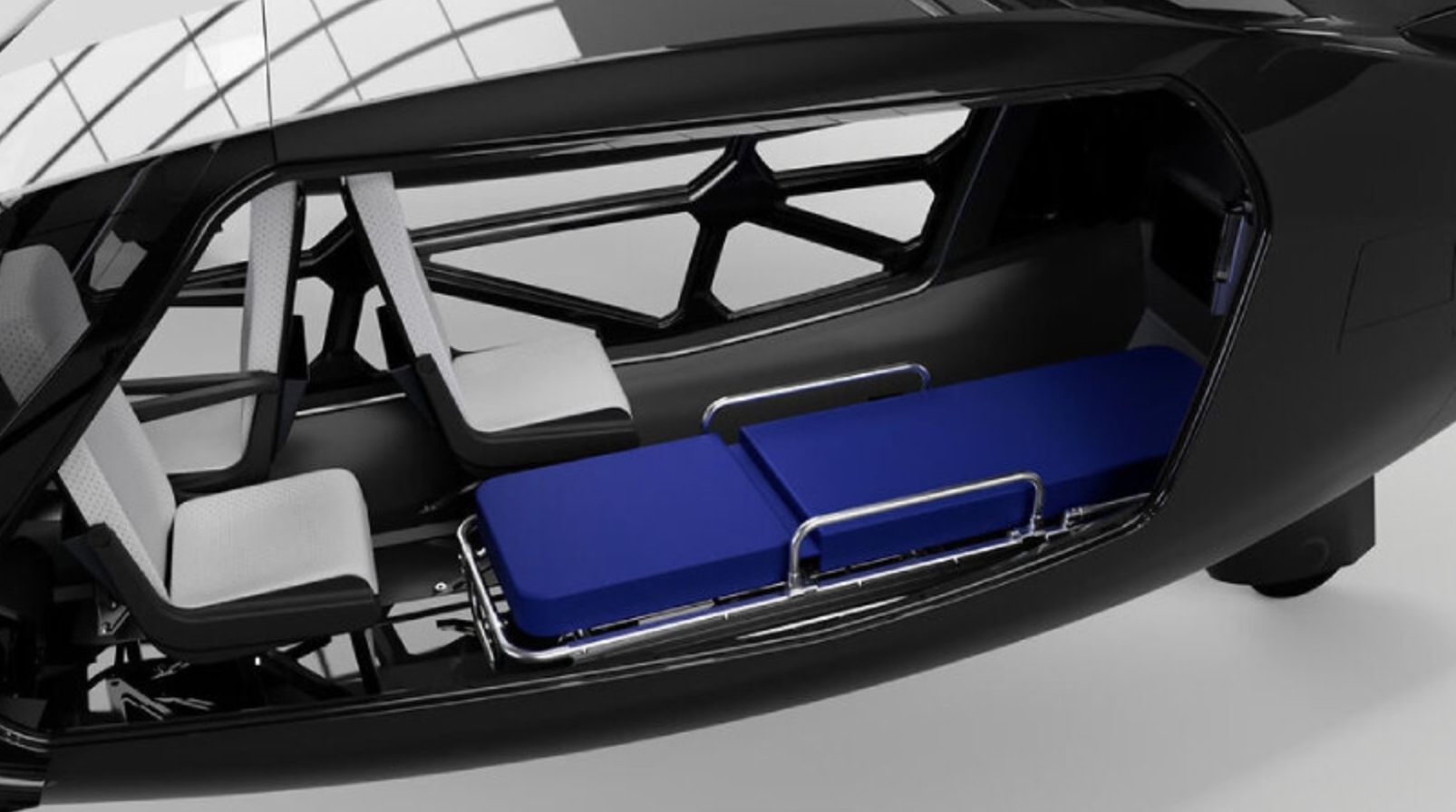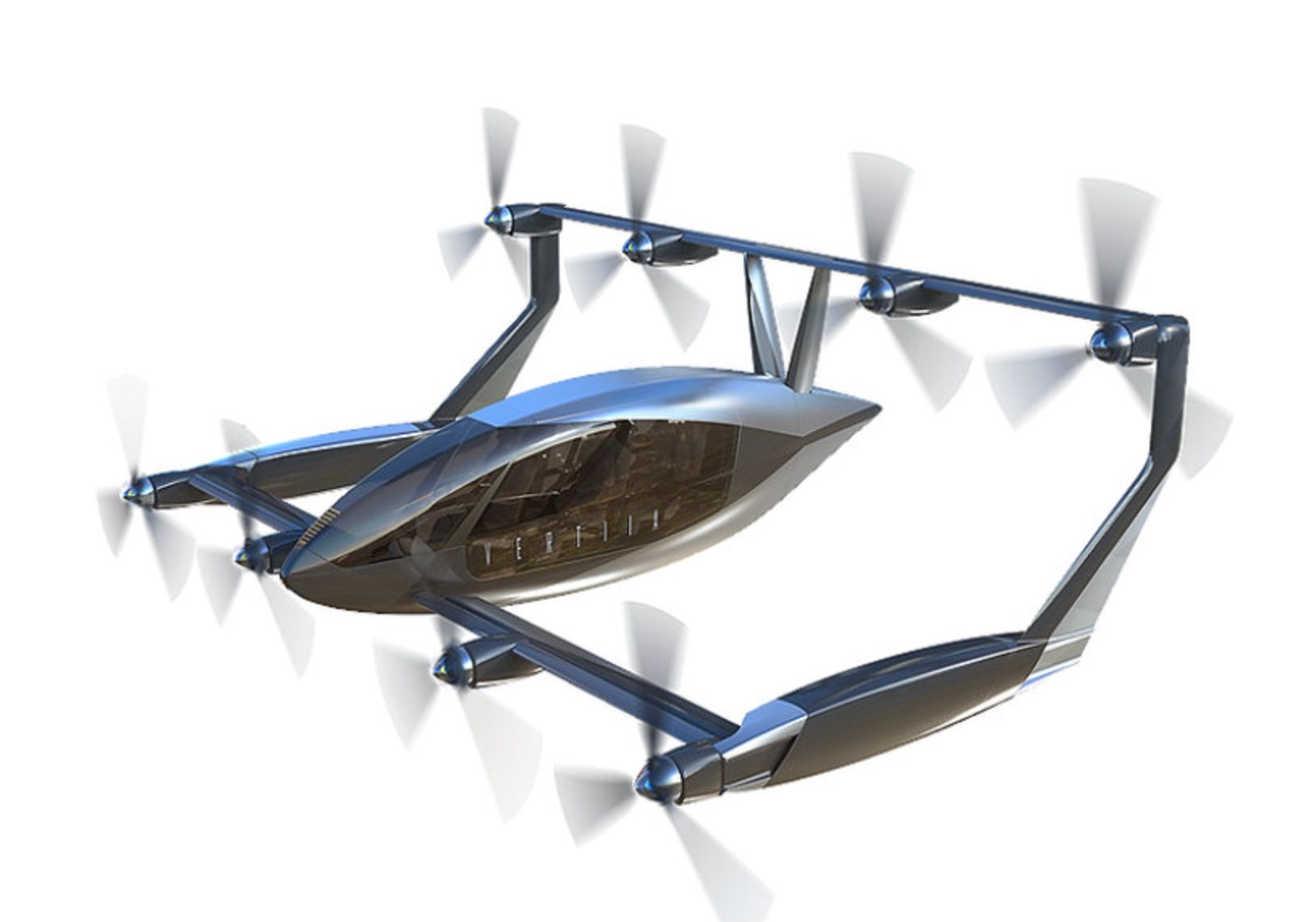Summary
- Australian government grants AMSL Aero $3.6m to develop a hydrogen-powered aircraft.
- Vertiia eVTOL is an eight-electric motor aircraft that takes off vertically and flies like an airplane, aiming for commercial market entry in 2026.
- The grant aims to reduce aviation emissions and promote renewable hydrogen as a fuel for missions such as air ambulance and passenger services.
The Australian government has backed the development of a hydrogen-powered aircraft that could be used by emergency services and defense first responders. The government has granted AMSL Aero (AMSL) AU$5.43 million ($3.6 million) to develop a hydrogen fuel cell system to power its Vertiia eVTOL.
Planned for 2026
Vertiia is an eight-electric motor tilting wing aircraft that can operate from a helipad or similar size landing site. The eVTOL takes off and lands vertically, and then flies like an airplane. AMSL claims it is “safer, quieter and more efficient than a helicopter.” The Australian Renewable Energy Agency (ARENA) grant will help move the project along to meet Vertiia’s commercial market entry following certification, which is currently planned for 2026.
Image: AMSL
The grant was announced earlier this month by ARENA and aims to support the global transition to net-zero emissions. The agency said that aviation is responsible for roughly 2.5% of global greenhouse gas emissions, with nearly one-fifth coming from short-haul flights under 1,000 kilometers (621 miles).
Image: AMSL
ARENA is hopeful that the entrance of the hydrogen-powered Vertiia will reduce emissions in the sector and cut carbon emissions in Australia. The grant provides funding to demonstrate the feasibility of renewable hydrogen as a fuel for a Vertiia with a range of up to 1,000 kilometers, with possible missions such as air ambulance, emergency services, and passenger and cargo services. AMSL Aero founder and CEO Andrew Moore expressed gratitude for the support of the government fund, saying:
“The significant funding provided by ARENA will mean that we can accelerate the design, build and certification activities for our long range, hydrogen powered eVTOL aircraft. We are very thankful that ARENA backs companies like ours who are committed to clean technology that will benefit society and our planet.”
Lower energy consumption than a high-speed train
Moore believes the ARENA grant will give patients and passengers earlier access to the Vertiia aircraft, with funding playing a key role in decarbonizing air transport in Australia and abroad. He also said the aircraft will use less energy than a high-speed train and cruise at 300 kilometers per hour (186mph) with an initial range of 250 kilometers (155 miles) on battery and 1,000 kilometers on hydrogen power, producing zero emissions. The initial Vertiia will be certified for piloted flight, with autonomous systems installed for future remote piloted applications.
Image: AMSL
Vertiia has eight exposed rotors, a teardrop-shaped body, and interconnected frames from Lawrence Hargraves’s box-wing concept. It has wing tilt to reduce drag and maximize transit speed and can carry a payload of up to 500 kilograms (220 pounds). It will take around ten minutes to refuel the hydrogen-powered eVTOL, and its operating cost can be up to 70% less than a helicopter.
ARENA CEO Darren Millar said developing low-emissions air transport will require a variety of solutions, including hydrogen and battery electric, and that AMSL’s work on the Vertiia “is truly pioneering in this space.” To protect its intellectual property, AMSL already holds international patents for Vertiia covering its core technological features, such as the box wing design and control system.
What do you think of this eVTOL project? Let us know in the comments.
Source: designboom.com




